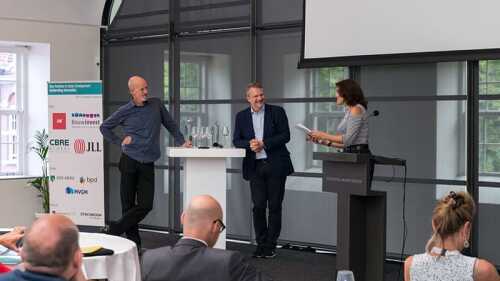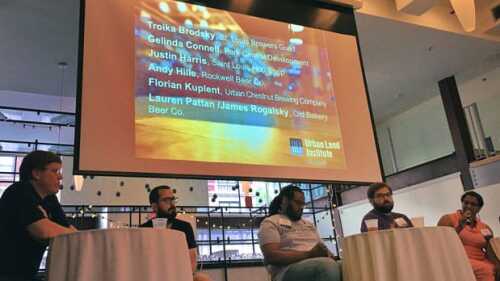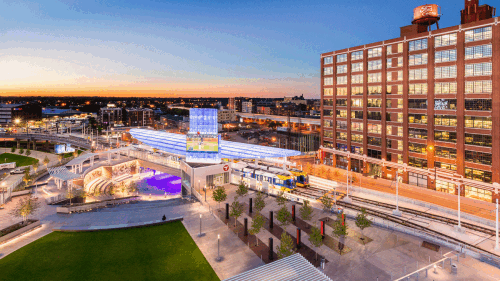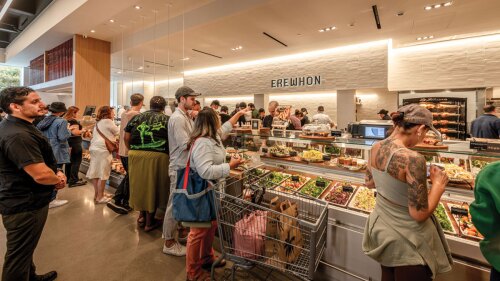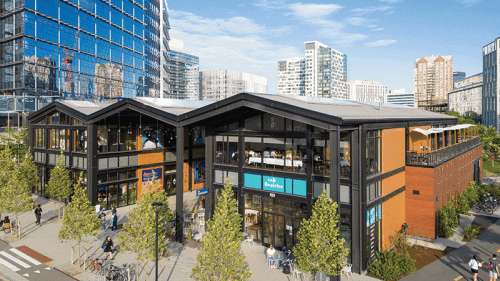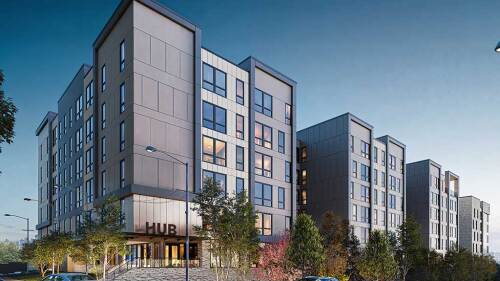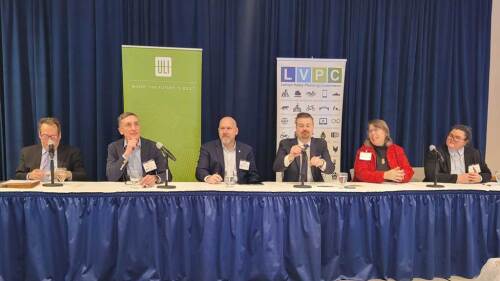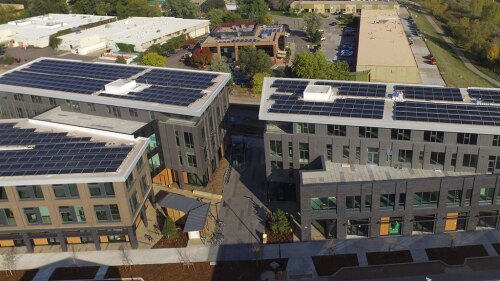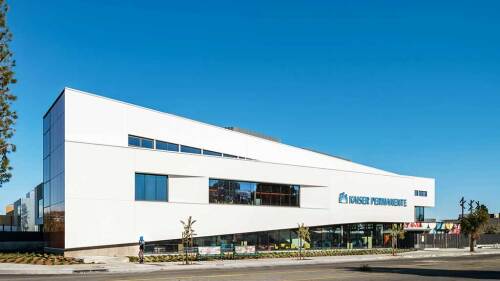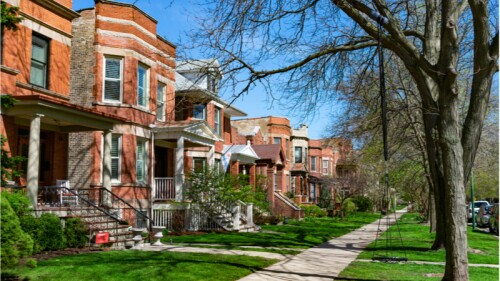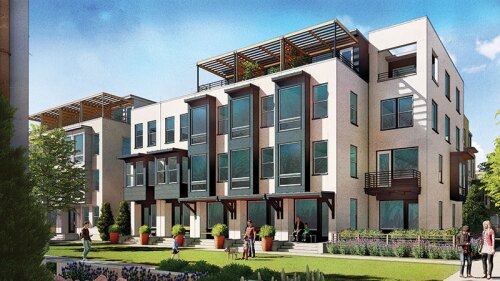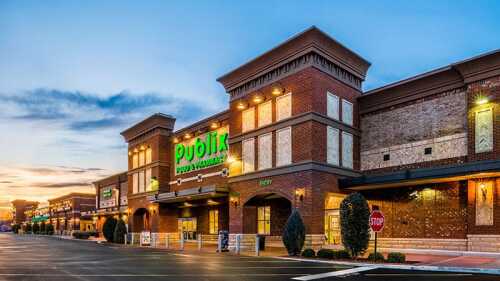Property Types
Hotels and Resorts
Since Airbnb began to disrupt the U.S. hospitality sector, industry leaders have been thinking about ways to attract previously underserved customers. A number of recently built hotels and resorts combine the space and amenities of a private home with high-end amenities, concierge service, and curated experiences. A 2017 ULI Fall Meeting session presented two recently introduced concepts with distinctly different target markets and price points.
After years of steady growth, the hotel industry is bracing for a tough year. “Growth and revenue are slowing down,” Bruce Baltin, managing director of CBRE Hotels, told executives and experts gathered for ULI’s “Hotel and Resort Development: Next Wave of Innovation” conference in La Costa, California, held in June. “It’s hit a peak. We think we’re at a plateau.”
As competition for the dollars of vacationers and business travelers ratchets up, hotel companies are on a never-ending search for ways to differentiate themselves. Guests are looking for uniqueness, local flavor and history, and bespoke experiences that they can capture and share instantly through social media networks, according to a panel of hotel industry experts at the recent ULI Florida Summit in Miami.
Industrial
For more than 20 million passengers annually, Tegel Airport is the gateway to Berlin. As a new international airport is being built, an ambitious project is intended to transform Tegel into an “urban tech republic.”
This year, global investors should be keeping an eye on politics in China, Japan’s outbound investment, and the logistics sector, said a panel of senior industry figures speaking at the recent ULI Asia Pacific Summit 2017.
There was a time before Prohibition when St. Louis had more than 40 breweries. By the 1980s, however, that number had dwindled to just two. Today, experts speaking at a ULI panel said St. Louis’s smaller brewery scene is again thriving, with 50 separate breweries operating locally.
Mixed-Use
Experts say the real estate market in our cities is responding to the dramatic changes caused by COVID with a “flight to quality.” This headline suggests optimism that a safe harbor still exists out there as does the fear that we all need to act fast and run (for our lives) before things get bad. It reflects a winnowing to the essential characteristics that can ensure the best overall return and insulate us from the changing winds in the economy.
Neglected yet historic department store remade into a vibrant destination anchored by buzzy health food grocer.
Cambridge Crossing, a 4.5 million-square-foot (418,063.7 square meters) mixed-use space in Cambridge, Massachusetts, was one of this year’s recipients of the ULI Americas Awards for Excellence. The roughly 43-acre (17.4 hectares) project, built at the site of an abandoned railyard, has about 2.4 million square feet (223,027 square meters) of residential space, including about 2,700 residential units, and the project had multiple master plans from different developers, dating as far back as 2003.
Multifamily
Los Angeles-based impact fund manager SDS Capital Group has launched a new capital platform—SDS Impact Debt (SDSID)—that aims to bring much needed, low-cost debt to the affordable housing market. It is an asset-backed model that offers below-market financing (both permanent and construction) for affordable housing projects—and is potentially scalable across the U.S.
As student housing needs evolve, developers are rethinking design, creating dynamic, experience-driven communities that promote connection and well-being.
In early February 2025, hundreds of stakeholders and real estate professionals gathered at DeSales University for a meeting sponsored by ULI Philadelphia and Lehigh Valley Planning Commission and supported by ULI’s Terwilliger Center for Housing and Lehigh County Commissioners. The first installment of a three-part Technical Assistance Panel (TAP), “Housing Supply and Attainability Strategy in the Lehigh Valley” aimed to open the conversation and further shape the technical assistance work to follow.
Office
This year’s Net Zero Buildings Week is Sept. 16-20. The virtual event series supports partnerships and collaboration across the built environment industry to collectively advance net zero buildings.
Northern Mexico has experienced a significant expansion in the Mexican industrial real estate sector since its major decline from the late 1990s to the early 2000s, due, in part, to low-cost production in China. During the pandemic, that trend began to shift.
For many who live outside Southern California, the Watts neighborhood of Los Angeles is remembered for the well-documented riots of 1965, a six-day period of civil unrest that brought 34 fatalities, numerous injuries, and widespread arrests.
Residental
Michael Spotts, a senior visiting research fellow at ULI’s Terwiliger Center for Housing and head of Neighborhood Fundamentals, recently appeared on the Talking Headways podcast. Spotts chats with us about takeaways from the Shaw Symposium on Urban Community Issues, the definition of infrastructure, and the importance of taking a systems approach to important interconnected topics like transportation, education, and health care.
The multifamily sector is successfully weathering the pandemic and construction continues to boom, leading the commercial real estate industry’s overall recovery. But development doesn’t appear even across multifamily market segments.
A Utah developer includes townhouses to densify one block in the downtown of a new community southwest of Salt Lake City.
Retail
In addition to Amazon’s purchase of Whole Foods, an enormous amount of movement has occurred in the grocery sector in the past year, as regional chains expand into new markets and European brands enter the United States.
The growing economic impact of millennials, growing demand for dining, and increasing interest from international brands are transforming the American retail real estate landscape.
Ten remade shopping centers exemplify opportunities for transformation.


